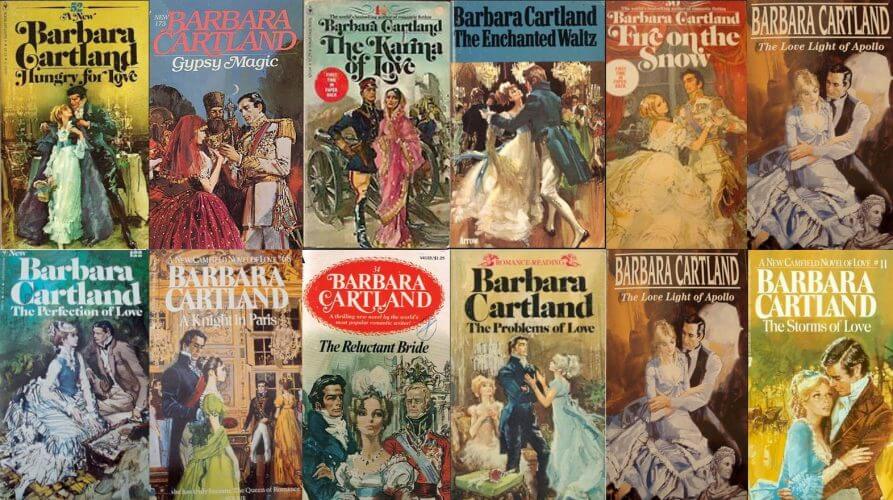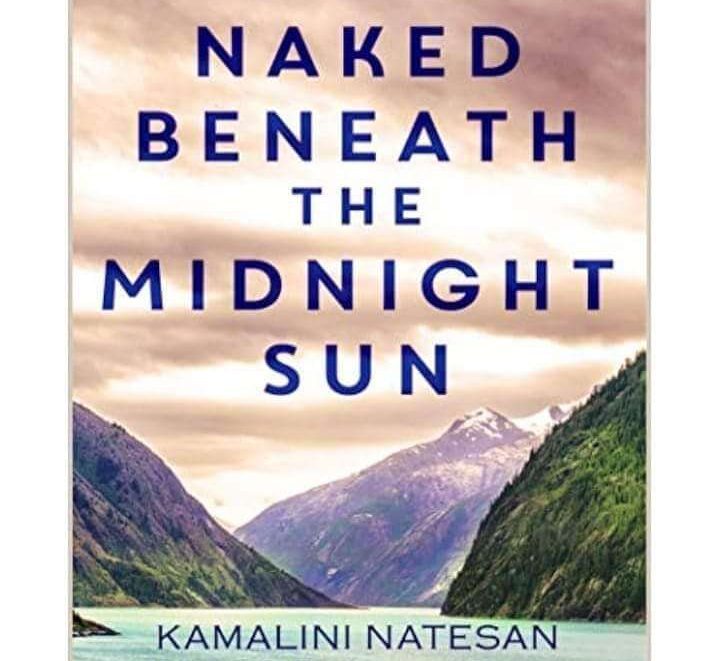Kunal Basu’s fifth novel, Kalkatta, has the voice of a master storyteller. His research into the world of the subaltern is impressive. The character of the protagonist, however, comes through as unreal. It is not clear why he does what he does. Why he does not react when he should. The novel confuses the reader with chronology, opines Madhumita.
Book Details: 
Publisher Pan Macmillan India
Number of Pages 318 Pages
Price Rs 599/-
Publication Year 2015
Kunal Basu’s latest and fifth novel Kalkatta is a sure page turner. The novel, set in Kolkata, delves into a world of the subaltern that few middle class Kolkatans have seen and know. The novelist here is a true storyteller, who goes right into one of those imposing yet dilapidated buildings a Kolkatan sees everyday in Central Kolkata, never giving a thought to who live there and what their world might be like.
The protagonist, Jamshed Alam, is one of the million refugees, who have sought shelter in this city, dreaming of setting up home here, dreaming of belonging. Jamshed, a tall, strapping, intelligent young man in his twenties, dreams, like many others, of making it big and, lands himself in a brothel, working out his life as a gigolo. He sells his body in a bid to earn, to wipe away the creases of misery from his Ammi’s face, to be a protector to his crippled sister. He ‘responds’ to calls of physical ‘love’ as being part of his duty and fails to receive a response when he finds love in a family of a helpless mother and her ailing son.
Basu is a master storyteller. His short stories are remarkable with their visual details and vivid narration. The story here too, develops smoothly, with its graphic and detailed descriptions of situations and locations, in a pace slow yet gripping and compels the reader to be a part of Number 14, Zakaria Street, as involved observers and participating members, emotionally. Jamshed, Jami to all and to the reader too, appears as an adorable young man, unspoilt yet gone astray.
And that, to this reader, is the problem with this story. The character of the protagonist comes through as unreal, as ‘hazy’ to use a word the novelist has used more than once, albeit in other contexts. It is not clear why he does what he does. Why he does not react when he should. He happily sports a Tag Heuer watch and is casually comfortable about his expensive clothes. Yet he is never once shown as enjoying his new-found wealthy lifestyle, nor is he shown to be in any kind of discomfort or angst. The narration, in his voice, shows up some slips by way of English grammar. That perhaps, is  acceptable, with the reader’s knowledge that he has not progressed beyond school. And it is very unfortunate for the reader that he is unable to make any decision, for or against his love, for or against his leaving the city for good. The sudden mention of devilish taxis (with rogue drivers) was a kind of a giveaway, sadly.
acceptable, with the reader’s knowledge that he has not progressed beyond school. And it is very unfortunate for the reader that he is unable to make any decision, for or against his love, for or against his leaving the city for good. The sudden mention of devilish taxis (with rogue drivers) was a kind of a giveaway, sadly.
Last, but not the least, the novel confuses the reader with chronology. The novel is set in Kolkata, Calcutta of yore, Kalkatta to the hundreds of people infiltrating into this city every day. When the novel depicts the passing of years, with the Left government losing and the then Opposition coming to power, the reader expects the facts about the city to be real. Fictional names of streets and landmarks are very acceptable in stories about cities with fictional names. The author, as is apparent from the novel, has done extensive research on the marginalised, the subaltern Kalkattan and the life of the underbelly of Kolkata.
 It was a slip perhaps, that he overlooked the changes in the city. Kolkatans no longer go only to Grand Hotel to dine and no longer to New Market to shop. There is no Planters’ Club in Kolkata.
It was a slip perhaps, that he overlooked the changes in the city. Kolkatans no longer go only to Grand Hotel to dine and no longer to New Market to shop. There is no Planters’ Club in Kolkata.
The cover illustration needs special mention. It is a perfect depiction of the life of the protagonist. And, perhaps of all of us in this world, forever trying to fit in, living a dog’s life.
Pix from Net




 By
By